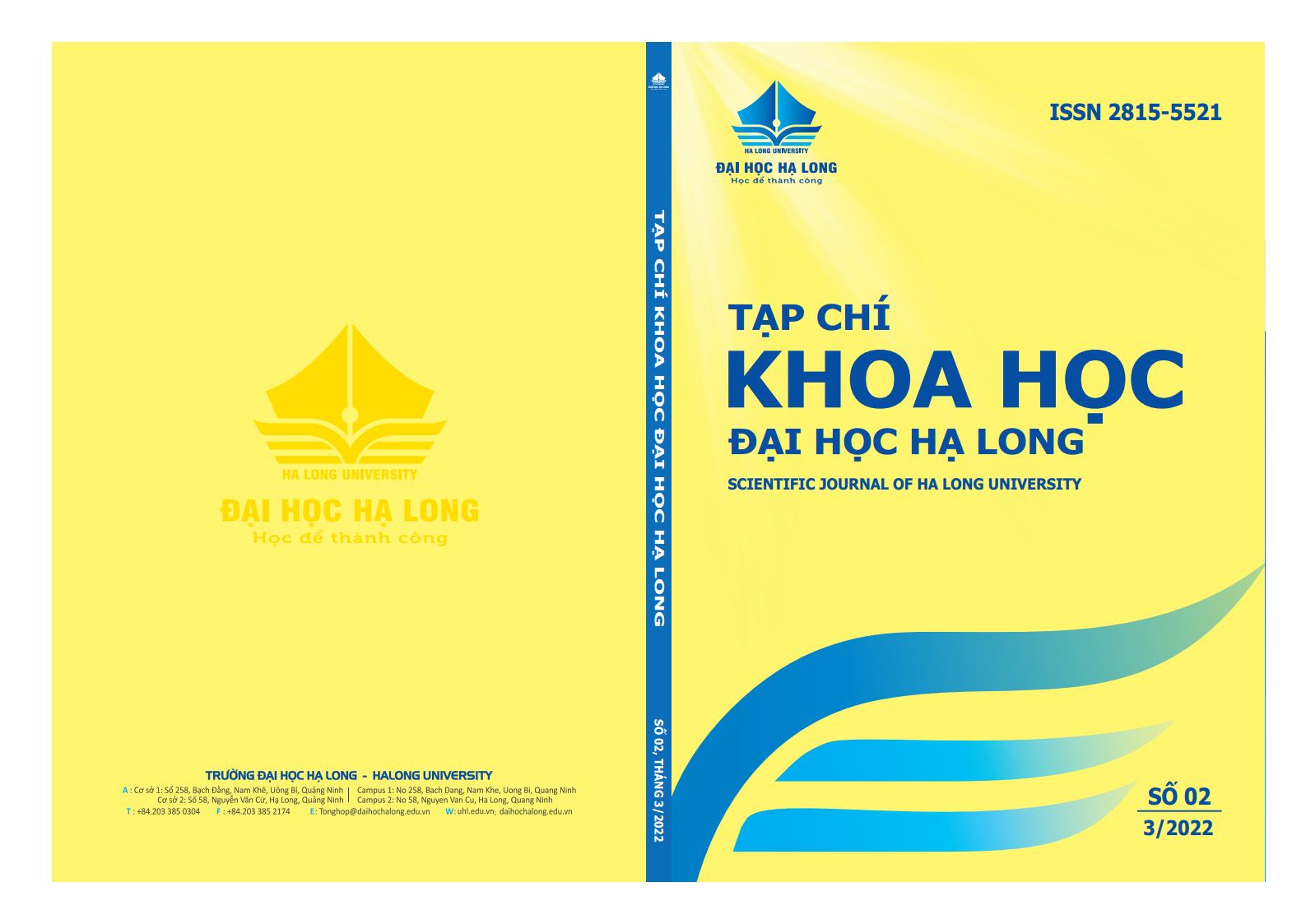The usage characteristics of potential complement in modern Chinese
Keywords:
characteristics in use, modern Chinese, potential complement
Abstract
Potential complement is a typical method of expressing possibility in Chinese. The structure "V + potential complement" in modern Chinese is mainly used as the predicate of a sentence. "V" is usually an autonomous verb that expresses action. Potential complement is mainly used in the negative form, its affirmative form is rarely used. The structure of potential complement in modern Chinese can be divided into three types: “V + 得/不了”, “V + 得/不得” and “V + 得/不C”. Among them, “V + 得/不C” is the basic structure, “V + 得/不了” and “V + 得/不得” are two derivative structures. To use potential complement competently, Chinese learners need to master its characteristics on all three aspects: semantics, grammar, and pragmatics.

